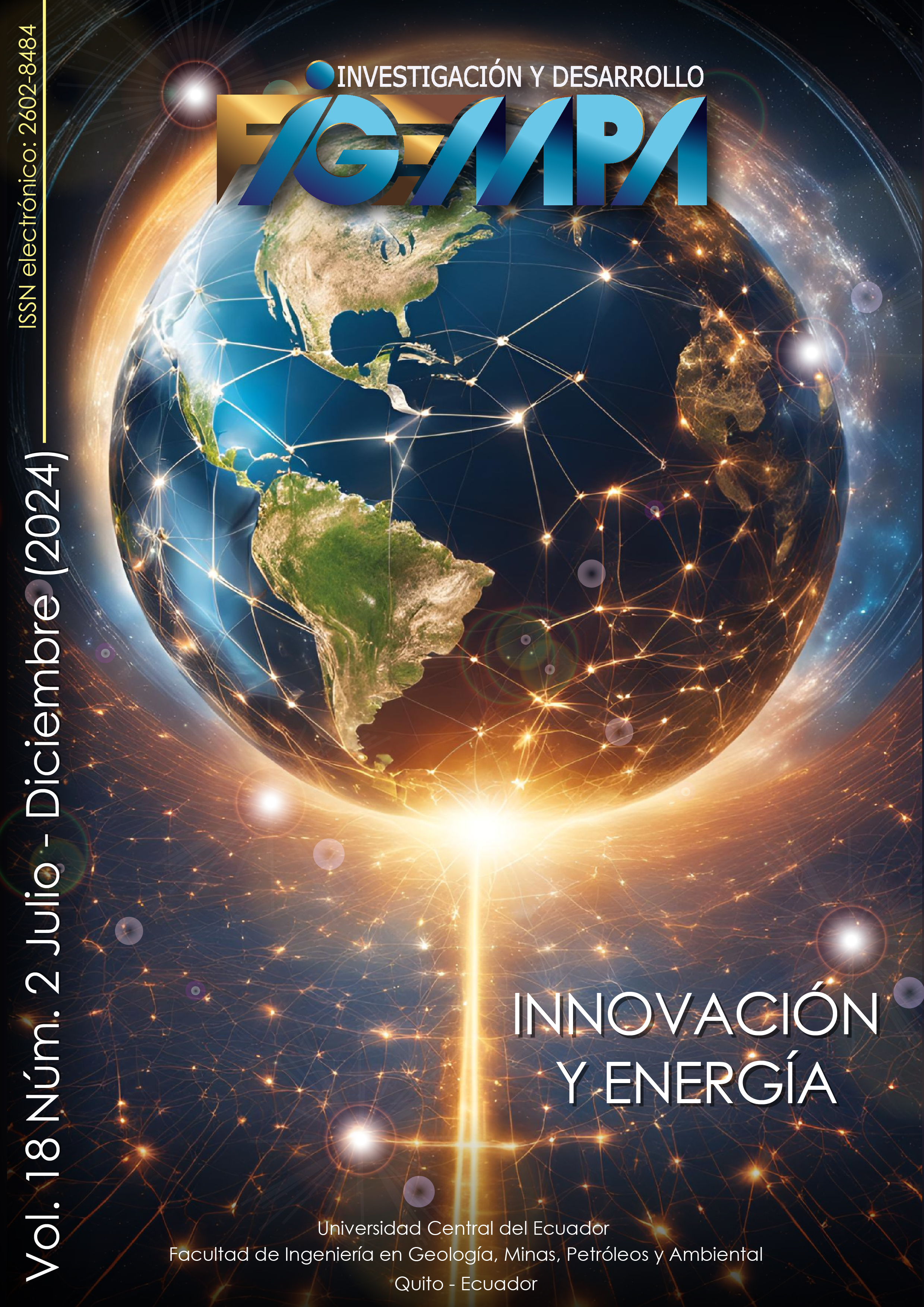Maximum speeds due to abrasion in GRP pipes
Main Article Content
Abstract
It has been the permanent concern of Municipal Company engineers in the country, regarding the determination of maximum speeds and the problems related to abrasion in plastic pipes. Parameters that can cause the loss of wall thickness in sanitary and storm sewer pipes. This article establishes the research obtained in laboratory tests on GRP pipes (fiberglass reinforced polyester) that with new innovations and chemical formulations (silicon carbide), is currently more resistant to the phenomenon of abrasion and therefore to the velocity of the fluid. It shows that, although abrasion test methods may vary, the results obtained in the tests carried out are consistent in the laboratory and verified in the field.
Downloads
Metrics
Article Details

This work is licensed under a Creative Commons Attribution 4.0 International License.
References
AWWA (2020) Fiberglass Pressure Pipe. Norma AWWA C950-20. Primera edición. USA: American Water Works Association. Doi: 10.12999/AWWA.C950.20 DOI: https://doi.org/10.12999/AWWA.C950.20
DIN 19595-1 (1989) Centrifugally cast and filled polyester resin glass fibre reinforced (UP-GF) pipes and fittings for buried drains and sewers; dimensions and technical delivery conditions.
EMAAP-Q (2009) Normas de Diseño de Sistemas de Alcantarillado para la EMAAP-Q. Primera edición. Ecuador: V&M Gráficas. Disponible en: https://www.aguaquito.gob.ec/Alojamientos/PROYECTO%20LA%20MERCED/ANEXO%202%20NORMAS_ALCANTARILLADO_EMAAP.pdf [Consultado 08, 03, 2024]
Haas, D.B., & Smith, L.G. (1995) Erosion Studies- A Report to DuPont of Canada, Ltd. Canadá: Saskatchewan Research Council.
HOBAS (2024) Manual Tuberías PRFV. Disponible en: https://www.hobas.com/es/about-us/. [Consultado 29, 02, 2024].
INEN-ISO 23856:2021 (2021) Tubería termoestable reforzada con fibra de vidrio (PRFV) para suministro de agua, evacuación y saneamiento con y sin presión.
IRAM (2020) Informe de ensayos Nº 16.36(Q) Rev.1. Instituto Argentino de Normalización y Certificación
López, R. (2004) Elementos de Diseño para acueductos y alcantarillados. 2ª edición, p. 440
Mexichem (2024) Manual Técnico GRP Pavco – Poliester Reforzado de Fibra de Vidrio. Disponible en: https://neufert-cdn.archdaily.net/uploads/product_file/file/49973/Manual_tecnico_grp.pdf. [Consultado 08, 03, 2024]
OTEK (2021) Manuales Técnicos Guías de Productos. Disponible en: https://o-tek.com/wp-content/uploads/2021/12/guia-producto-otek-6.pdf [Consultado 04, 02, 2024].
PVC Pipe Asociation (2012) Handbook of PVC Pipe Design and Construction. First Industrial Press Edition. USA: Uni-Bell PVC Pipe Association.
RIVAL (2023) Manual de Tuberías PRFV. Disponible en: https://www.plasticosrival.com/files/products/prfv/technicamanual/PR_PRFV_ManualTecnico.pdf. [Consultado 08, 03, 2024].
Torres Abello, A. E. & Zambrano Ramírez, J. D. (2009) "Ensayo de abrasión de Darmstadt para tuberías de alcantarillado pluvial: revisión de condiciones experimentales", Ingeniería y Desarrollo, 26, pp. 100-116. ISSN: 0122-3461. Disponible en: https://www.redalyc.org/articulo.oa?id=85212233008
Torres, R. L. (1997) “Abrasión en Tuberías de PVC”, VII Congreso Nacional de Hidráulica. Chile, nov, p. 322.
Uribe, J. D. & Ossa, J. S. (2016) Determinación de la resistencia a la abrasión externa en tuberías de redes de distribución. Universidad de los Andes: Centro de Investigaciones en Acueductos y Alcantarillados (CIACUA), Departamento de Ingeniería Civil y Ambiental.

